ANIMALS
Elephant Overwhelmed With Emotion When Enjoying Freedom After 85 Years In Chains

Sombo is an elephant that endured 85 difficult years tied up in chains.
Sombo’s transition from a hard life on the streets to a peaceful one shows how strong the spirit can be and how much compassion can change things.
Sombo’s story starts when she’s older, showing how tough it is to live in captivity and be used just for human entertainment.
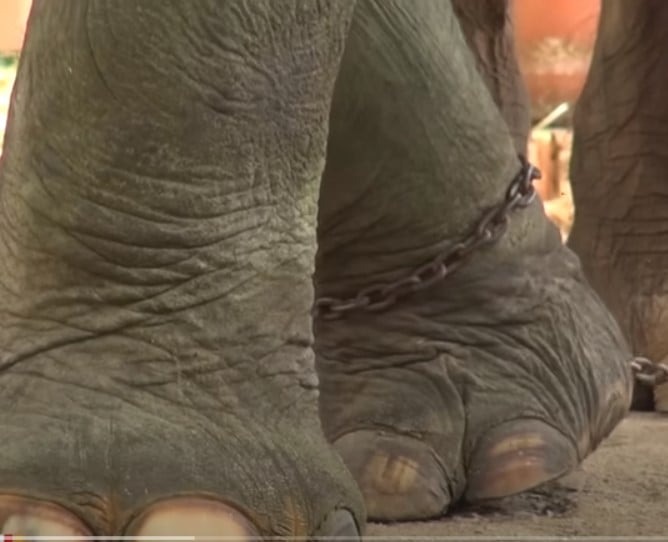 Image source: Screenshot
Image source: Screenshot
Taken from the wild when she was only three years old, Sombo’s earliest memories are overshadowed by losing her jungle home.
She was put into a different world from her home in the jungle and made to give rides to tourists.
This went on for many years, with different owners, the last of whom made her work for over 40 years.
It’s a story that’s sadly common for elephants kept in captivity, showing how they’re seen more for the money they can make than for their beauty and worth.
 Image source: Screenshot
Image source: Screenshot
Then comes Lek Chailert, who started the Elephant Nature Park and the Save Elephant Foundation. She brings hope to Sombo’s story.
When Lek sees Sombo, she notices right away the signs of suffering – you can see all the pain in the elephant’s tired eyes.
Sombo’s body is in bad shape; she’s 1,000 kilos underweight, showing how she’s been neglected and suffered for years.
The story changes when Lek starts Sombo’s journey to freedom.
Every day, Sombo had to endure a tough schedule while in captivity, working for 10 to 12 hours without enough rest. Her feet were chained, so she couldn’t lie down properly at night.
She didn’t get enough to eat, and the food she did get was hard, so she had to soften it with her legs.
On top of all that, Sombo had problems with her senses – she couldn’t hear well and could only see a little, making her situation even worse and showing why she needed to be rescued urgently.
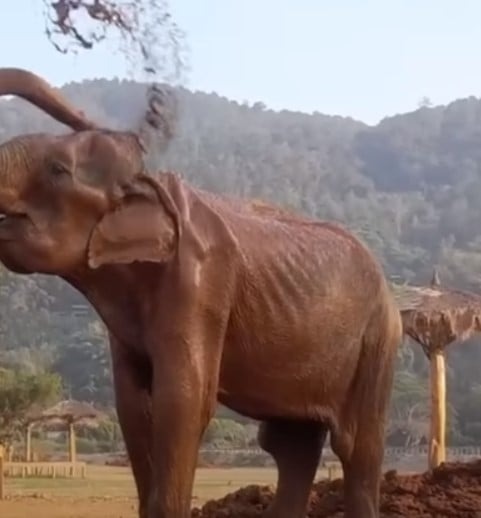 Image source: Screenshot
Image source: Screenshot
Getting Sombo to safety isn’t easy – it takes almost 30 hours of travel from Eastern to Northern Thailand where the sanctuary is. Lek stays by Sombo’s side the whole time, showing how much she cares.
She talks and sings to Sombo, comforting her and making a bond of trust and friendship. This is the start of Sombo’s recovery.
This connection is really important – it shows that Sombo’s leaving behind her old life of being alone and neglected.
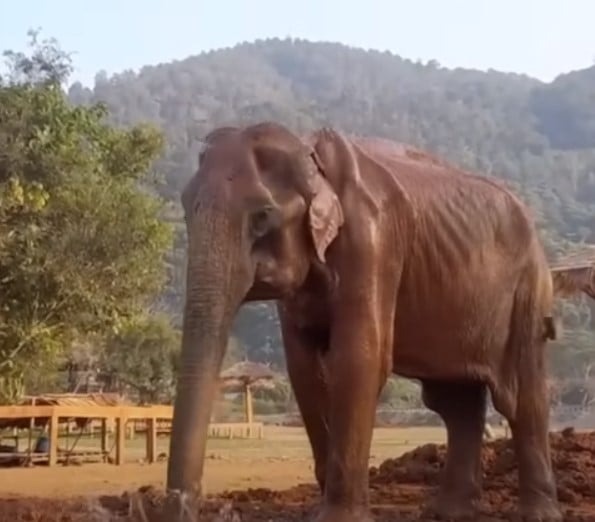 Image source: Screenshot
Image source: Screenshot
Sombo’s story shows how elephants have strong family bonds, like humans do.
Elephants live in families led by females, and they’re really close-knit, helping and protecting each other.
But sometimes, the tourist industry breaks up these families. They take baby elephants away from their mothers so tourists can see them.
Sombo lost five calves because of this, showing how terrible it is for elephant families.
 Image source: Screenshot
Image source: Screenshot
Lek doesn’t just want Sombo to get out of captivity.
She wants Sombo to be part of elephant society again, where she can make friends with other elephants and enjoy being in a herd.
Her dream is to give Sombo back her life as an elephant, with the support of her own kind around her.
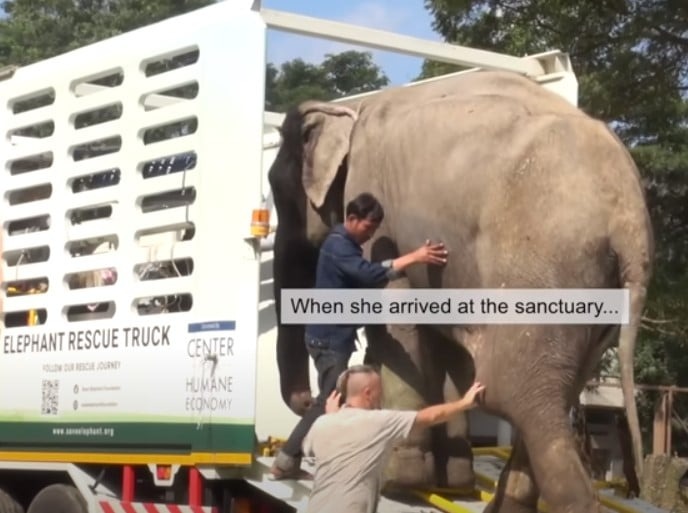 Image source: Screenshot
Image source: Screenshot
It’s like Sombo is going back to what it really means to be an elephant, getting back the things like family and freedom that she missed for a long time.
Change is a big part of Sombo’s story. She goes from feeling hopeless to having lots of chances for the future.
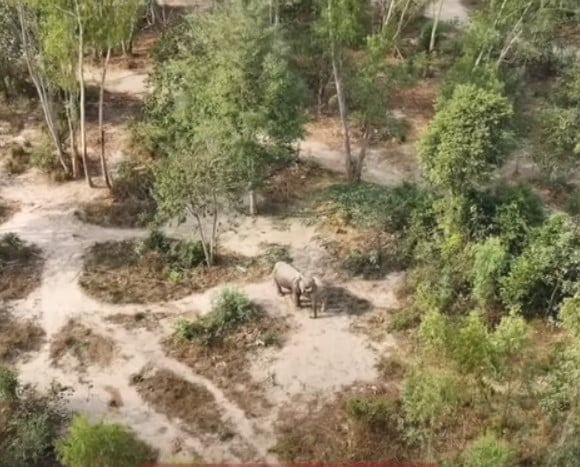 Image source: Screenshot
Image source: Screenshot
With Lek looking after her, Sombo starts to do really well. Her world, which used to be quiet, starts to fill up with the sounds of friends and the warmth of a caring community.
You can watch the Sombo’s full story in the video here!
ANIMALS
Amazing Video of Unseen Ocean Creatures in the Ningaloo Canyons

The Schmidt Ocean Institute recently explored the Ningaloo Canyons on the western coast of Australia using a robotic underwater vehicle called the ROV Sebastian. Check out the amazing video of what they discovered in the deep parts of the Indian Ocean.
More info: Youtube


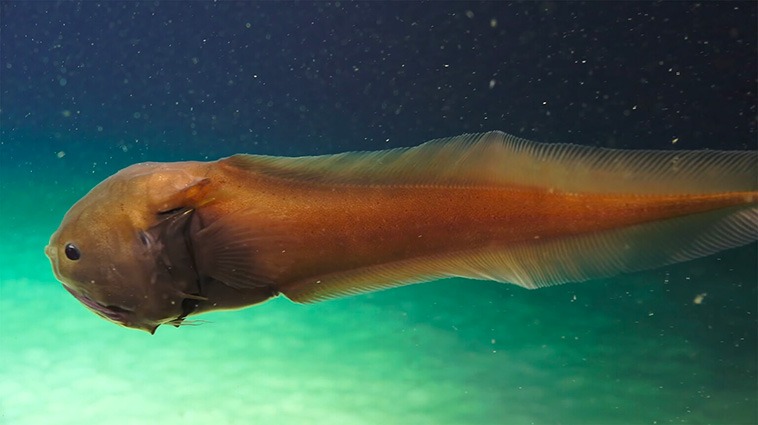

ANIMALS
These Pics Are Art and the Artists Are Insects
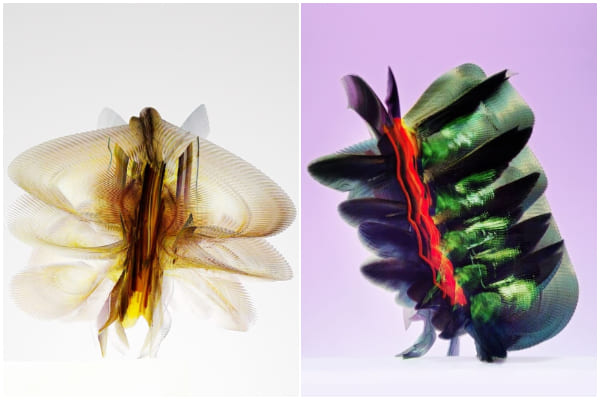
Flying insects move so quickly that they are hard to follow, but new technology and some smart ideas have helped Spanish photographer Xavi Bou do just that. After spending 10 years focusing on birds in flight for his Ornithographies project, he turned his attention to insects.
For Entomographies, he uses high-speed video footage taken by Adrian Smith, an insect expert at North Carolina State University, to study and record how insects move. Bou then picks multiple frames and combines them into single images that show the fast movements of one or more insects through space and time.
With Smith’s help, Bou has captured the aerial tricks of wasps, the jumps of leafhoppers, and the fluttering of butterflies in amazing detail. He hopes that by doing this, he can make people more aware of the decline in important insect populations around the world.
1. Zebra longwing
This butterfly, which is common in many areas of the Americas, really fits its name. It can fly very high with just a few flaps of its large wings.
 Image source: nationalgeographic
Image source: nationalgeographic
2. Two-lined spittlebug
This insect, which comes from the eastern United States, is often seen as a pest because it likes to eat grass. Its springy back legs can make it jump into the air like a rocket.
 Image source: nationalgeographic
Image source: nationalgeographic
3. Yellow-collared scape moth
Unlike most moths, this North American species flies during the day. Its shiny blue-black wings sparkle in the sunlight.
 Image source: nationalgeographic
Image source: nationalgeographic
4. Ailanthus webworm moths
These tropical moths have spread farther north in the U.S. Because of their larval host, the invasive tree of heaven, they are now one of the most common backyard moths in the country.
 Image source: nationalgeographic
Image source: nationalgeographic
5. Common stonefly
Mostly found in eastern North America, this insect starts its life as an underwater nymph in forested streams or rivers. Then it leaves the water, sheds its skin, and becomes an adult with wings.
 Image source: nationalgeographic
Image source: nationalgeographic
6. Green lacewings
Eighty-seven species of this insect have been found in the U.S. and Canada. Since they eat a lot of unwanted plant pests like aphids and mites, they are often used to naturally control these pests.
 Image source: nationalgeographic
Image source: nationalgeographic
7. Grapevine beetle
This insect, fittingly named, eats the leaves and fruit of grapevines, both wild and farmed, but it doesn’t do much damage to the plants. As a type of scarab beetle, it often flies in a curved path.
 Image source: nationalgeographic
Image source: nationalgeographic
8. Oak treehopper and green treehopper
Treehoppers are known for their uniquely shaped pronotum, the part behind their head, which often looks like plant parts to hide from predators. They can jump well thanks to special muscles.
 Image source: nationalgeographic
Image source: nationalgeographic
9. Banded orange
This brightly colored butterfly can be found from Mexico to Brazil. Before mating season, male butterflies look for mineral salts, sometimes even drinking salty fluids from the skin, eyes, and nostrils of other animals.
 Image source: nationalgeographic
Image source: nationalgeographic
10. Sapho longwing
Longwings can live for 6 to 7 months, longer than most butterflies. This type, found from Mexico to Ecuador, has shiny blue wings, which is why it’s also called the Sapphire longwing.
 Image source: nationalgeographic
Image source: nationalgeographic
ANIMALS
Eagle and Fox in an Epic Midair Battle Over a Rabbit, Were Captured by a Photographer
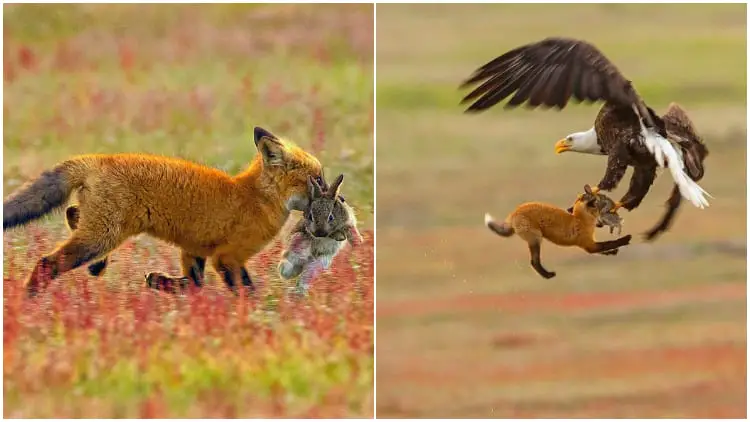
Wildlife photography often depends on the perfect combination of good timing and the right place.
That’s exactly what happened when Kevin Ebi, an experienced wildlife photographer, captured an incredible battle between a bald eagle and a red fox, both competing for a rabbit meal.
In a detailed blog post, Ebi shares the fascinating series of events that unfolded while he was photographing foxes in San Juan Island National Historical Park, located in Washington state.
Ebi noticed a lively group of eight fox kits as they began their hunting lessons. Suddenly, they spotted a rabbit, and a thrilling chase ensued. Eventually, one of the foxes emerged as the winner, proudly carrying the rabbit across the field.
 Image source: Kevin Ebi
Image source: Kevin Ebi
Ebi shares what happened at that moment: “As I followed the fox with my camera, a sudden bald eagle cry caught my attention. It was swiftly approaching, clearly aiming for the rabbit. I quickly focused on the fox, anticipating a quick turnover of events.”
To Ebi’s astonishment, instead of a quick surrender, the situation turned into a intense fight in the air.
The eagle used its power to lift the fox and rabbit high up in the sky. Even while airborne, the fox attempted to break free by swinging back and forth.
 Image source: Kevin Ebi
Image source: Kevin Ebi
 Image source: Kevin Ebi
Image source: Kevin Ebi
 Image source: Kevin Ebi
Image source: Kevin Ebi
In the end, the eagle moved the rabbit to its other claw, causing the fox to let go. The intense battle came to an end in less than 10 seconds.
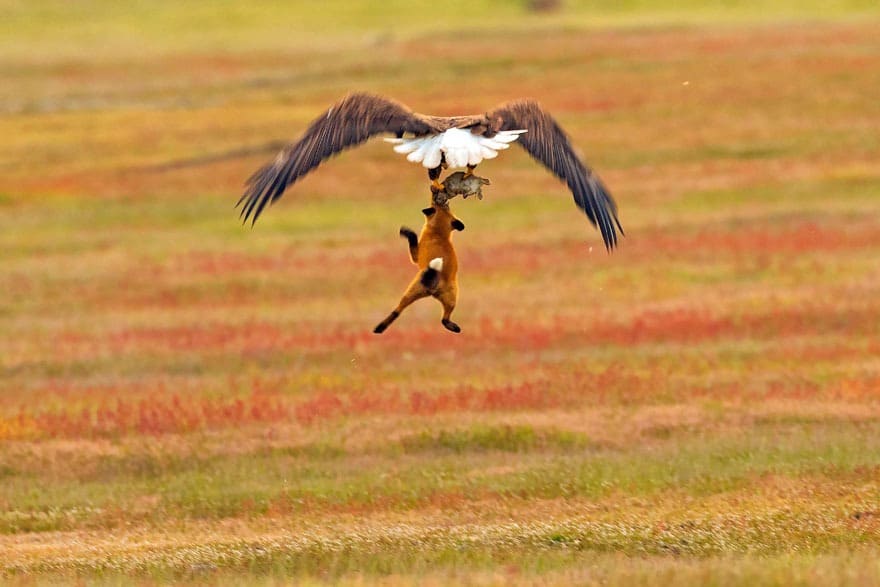 Image source: Kevin Ebi
Image source: Kevin Ebi
For those worried about the fox’s well-being after the fight, Ebi reassures that it was not injured. The fox swiftly bounced back from the encounter and resumed its playful behavior with the other young foxes, showing no visible wounds from the aerial clash.
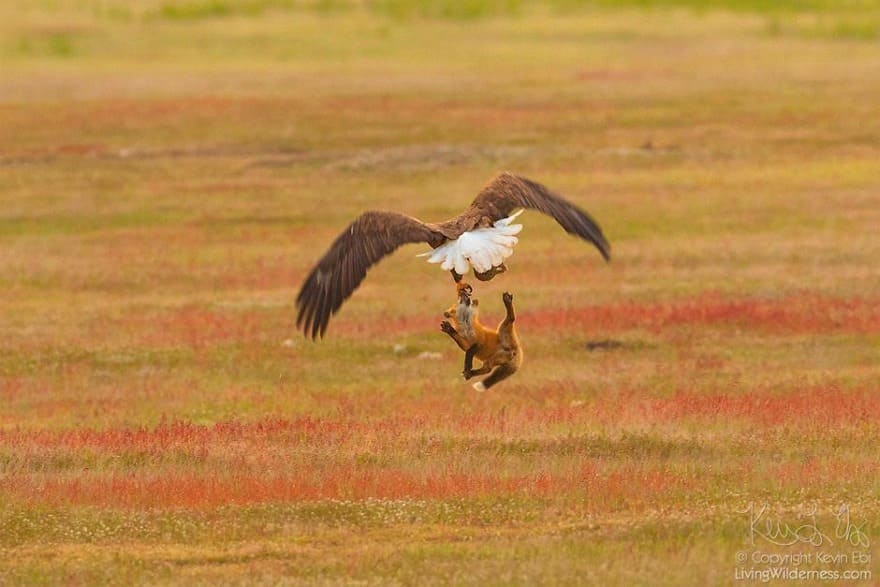 Image source: Kevin Ebi
Image source: Kevin Ebi
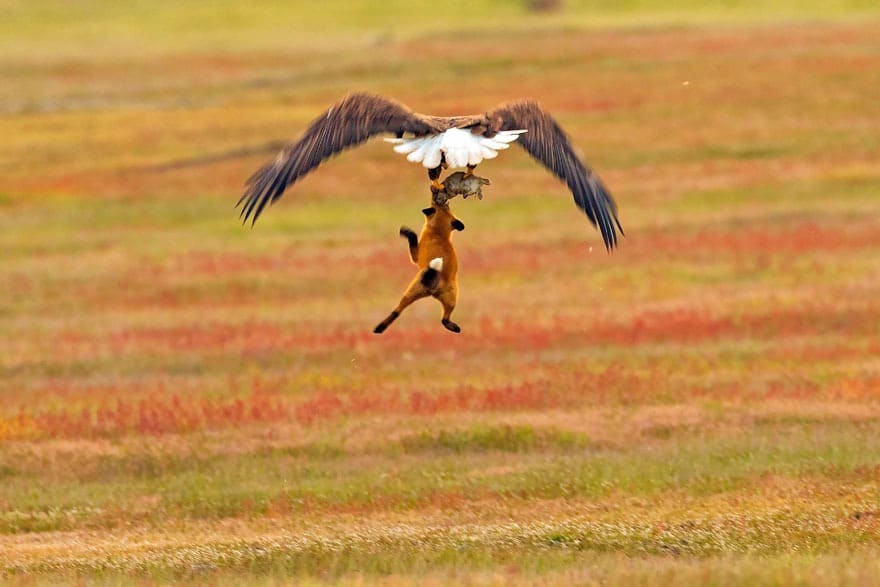 Image source: Kevin Ebi
Image source: Kevin Ebi
 Image source: Kevin Ebi
Image source: Kevin Ebi
 Image source: Kevin Ebi
Image source: Kevin Ebi

 GARDEN1 năm ago
GARDEN1 năm ago4 Easiest Ways to Get Free Plants

 DIY & CRAFT1 năm ago
DIY & CRAFT1 năm ago17 Inexpensive DIY Garden Walkway Ideas

 ANIMALS11 tháng ago
ANIMALS11 tháng agoAbandoned Cat Finds Happiness in New Home Despite Being ‘Too Affectionate

 GARDEN1 năm ago
GARDEN1 năm ago8 Amazing Coca-Cola Uses

 BATHROOM1 năm ago
BATHROOM1 năm ago24 Creative and Unique Bathroom Sink Ideas

 FLOWERS1 năm ago
FLOWERS1 năm ago6 Best Flowers That Can Propagate Easily from Cuttings

 ANIMALS10 tháng ago
ANIMALS10 tháng agoAmazing Video of Unseen Ocean Creatures in the Ningaloo Canyons

 BATHROOM1 năm ago
BATHROOM1 năm ago30 Clever Ways to Use Plants In Your Bathroom



















